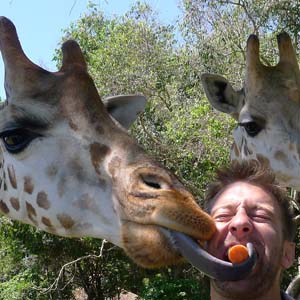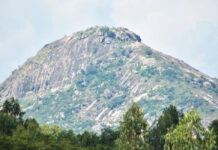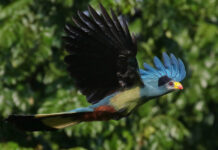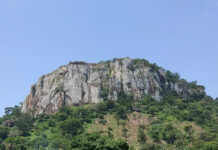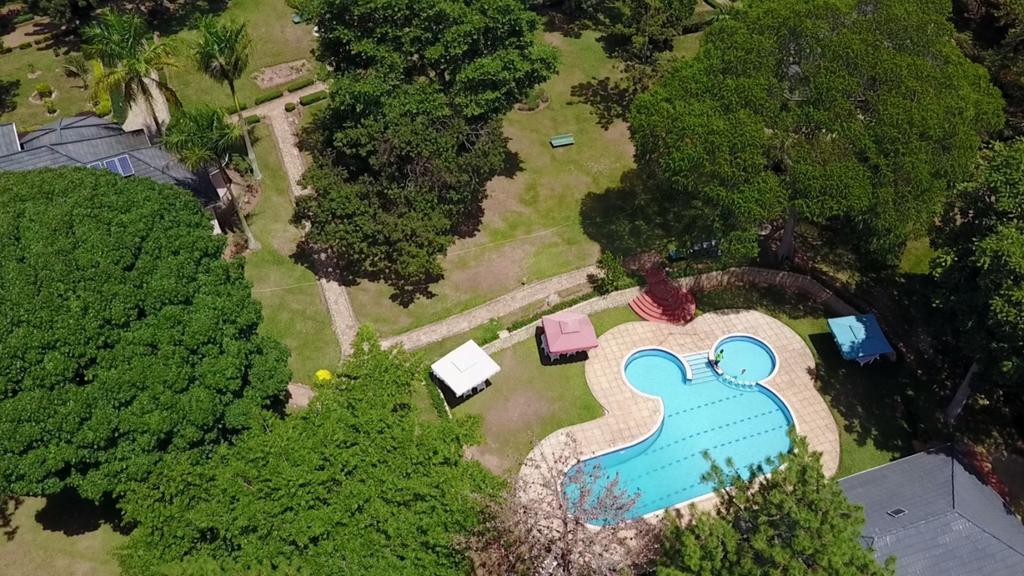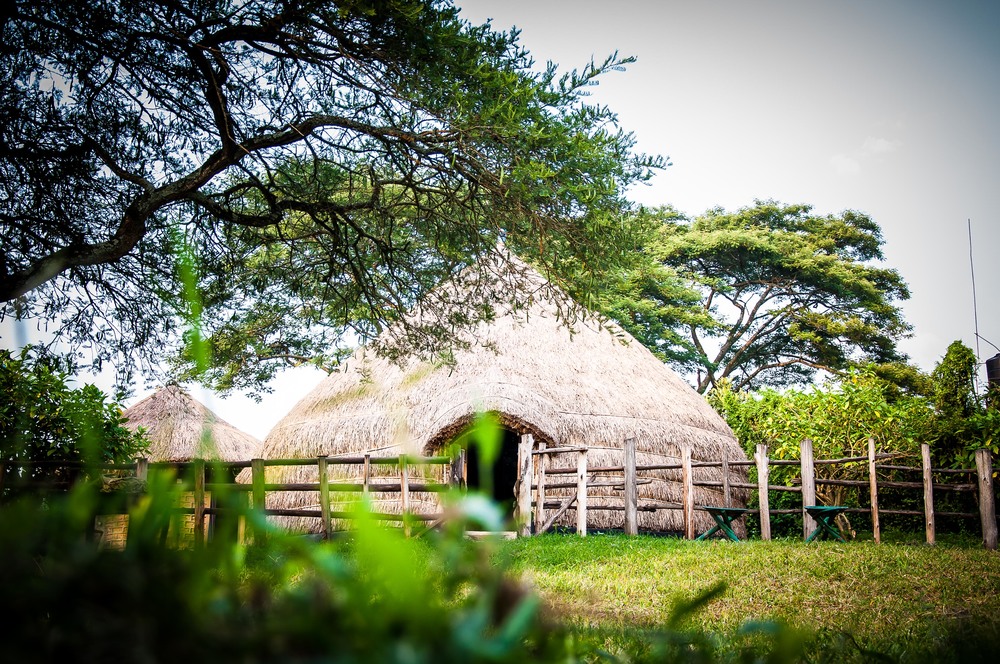Entebbe Zoo provides the best option for day trips and excursions for those having one or two nights in Entebbe. Located at the shores of Lake Victoria which is the largest fresh water lake in Africa, Uganda Wildlife Education Center commonly known as Entebbe Zoo offers the best introduction to Uganda’s flora and fauna’s National Park. Entebbe Zoo houses as many plants and animals in a near world situation and one can spend half, whole day or even two days in this facility.
Uganda Wildlife Education Center was opened in 1952, by the Colonial Government in Uganda, as a reception Centre for wild animals that were found as casualties (sick, injured, orphaned, confiscated from illegal trade etc.). In the early 1960s, it changed its role to a traditional zoo (” Entebbe Zoo”), a name that rings memories in the minds of many Ugandans to date. At that time, a number of non-indigenous species, including bears and tigers, were kept as attractions.
In May 1994, the UWEC Trust was founded to take over the zoo primarily for Conservation and Education purposes. The Centre’s location on the edge of Lake Victoria, its rich vegetation and its surprisingly wide range of birds, butterflies and other indigenous animals make it an attractive venue for education as well as a pleasing one for those who visit, whether Ugandans or people from overseas. Created by the government of Uganda with the help of the Wildlife Conservation Society in New York and managed by a Wildlife Trust, it never fails to delight
What you must know!!
The former Entebbe Zoo derives its name from Entebbe town. “Entebbe”, in the local Luganda language, means a “seat”, and was probably named that because it was the place where the Buganda chief sat to adjudicate legal cases. It first became a British colonial administrative and commercial center in 1893 when Sir Gerald Portal, a colonial Commissioner, used it as a base. Port Bell went on to become Kampala’s harbor. Although no ships dock there now, there is still a jetty, which was used by Lake Victoria ferries. Entebbe is perhaps best known to Europeans as the home of Entebbe International Airport, the main international airport of Uganda, which was inaugurated in 1947.
The Entebbe airport was the scene of one of the most daring counter-terrorism operations in history when soldiers from an elite unit of the Israeli army freed over 100 hostages following a hijacking by a group of Palestinian and German militia. It was also from this airport that Queen Elizabeth II departed Africa to return to England in 1952 when she learned of her father’s death and that she had become Queen.
Contribute to species recovery
Wild animals have been kept in captivity for thousands of years, as symbols of power or religious significance and many times as pets for those that have the love and fascination for animals. UWEC has evolved from just displaying animals to visitors, to playing a vital role in conservation. UWEC has the mandate to breed species which are at risk of extinction in the wild. This role enables the entity to build a healthy animal population as a backup for endangered species. Breeding at UWEC is carefully managed to control numbers and to prevent inbreeding. The aim is to ensure genetic variation in the captive population. This can only be achieved by using comprehensive record of each individual animal.
The Uganda Wildlife Education Center is a fun and exciting place to see and learn about the animals of Uganda and the ecosystems in which they live. Take some time to learn how they live, eat, play, and talk. Many say its destined to become the most important showcase for wildlife on the African continent.
At UWEC you will come across free ranging Vervet monkeys and a family troop of DeBraza monkeys in the jungle of our hillside forest. Over 120 bird species can be watched ranging from the famous African fish eagle, over the great blue Turaco to Hammerkops, Giant Kingfisher and even the smallest sun birds.
UWEC is not a zoo in a conventional sense and neither is it a Safari Park but it is a center where wildlife education is combined with leisure. The main aim is to model the main ecosystem of this country in open range exhibits. Not only can you observe many of our most exciting indigenous species here, but comprehensive interactive interpretation and briefings on them are also given. If you are interested in botany you will also find live collections of traditional medicinal plants.
Through making a Trip to the facility, one makes a direct contribution to the daily operation as well as enabling the Education Centre to undertake field conservation activities aimed at ensuring that the few wildlife is saved for the generations to come.
Treatment of injured and sick Animals
If a sick or injured animal arrives at UWEC, a physical examination is undertaken by our staff which consists of Veterinarian, (Animal doctor), nurse and keepers. The veterinary and animal caretakers undertake a series of activities throughout the year like daily observations, running blood and fecal samples, physical animal examination etc. To ensure that all animals are healthy and do not carry over diseases. Depending on their individual health status, some animals need to be kept for a long time for special care or rehabilitation before they can be released into the wild again or integrated in our Centre.


